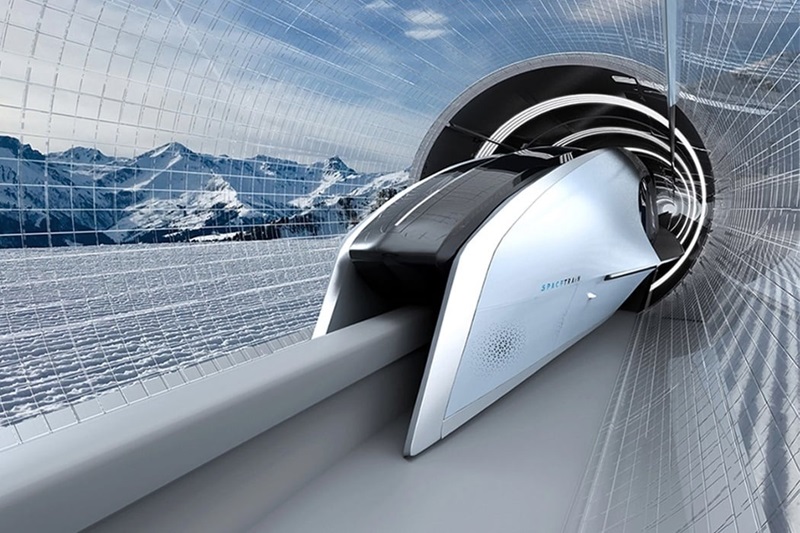Introduction
Have you ever seen a train float above the track and wondered how it works? That’s magnetic levitation, or Maglev for short! 🌌 These futuristic systems use the power of magnets to levitate and propel objects, eliminating friction and allowing for ultra-smooth and fast motion.
In this article, we will walk you through how to create your own simple Maglev system at home using basic materials. It’s a great hands-on STEM project that combines physics, engineering, and creativity. 🎨⚙️
What is Magnetic Levitation? 🧲🛸
Magnetic levitation is a method by which an object is suspended in the air using magnetic forces. This is achieved by balancing gravitational forces against magnetic forces, creating a stable or semi-stable levitation effect.
Types of Magnetic Levitation:
-
Electromagnetic Suspension (EMS): Uses electromagnets to lift and stabilize objects.
-
Electrodynamic Suspension (EDS): Uses superconducting magnets and induced currents.
-
Permanent Magnet Levitation (Passive): Uses permanent magnets and stabilization through geometry or diamagnetic materials.
In our DIY project, we will use permanent magnets, which are inexpensive and easy to handle at home. 🏠
Materials Needed 📦🔧
Here’s a list of what you will need to build a simple Maglev system:
-
Strong neodymium magnets (cylindrical or disc-shaped) 🧲
-
Acrylic or wooden base (flat and smooth) 🪵
-
Thin plastic rails (such as straws or rulers) for track guidance 🚂
-
Lightweight object (like a foam block or small car model) 🚗
-
Hot glue or double-sided tape 🔥
-
Ruler 📏
-
Safety gloves and goggles (for protection) 🧤👓
Step-by-Step Guide to Build the DIY Maglev System 🛠️
Step 1: Design the Track 🛤️
-
Place two thin, parallel plastic rails on the acrylic or wooden base. The distance between them should be slightly narrower than your levitating object’s width.
-
Secure them firmly using hot glue.
Step 2: Attach Magnets to the Track 🧲
-
Attach magnets with the same pole facing up along both rails.
-
Space them evenly and ensure they are aligned properly.
-
Use a ruler to ensure precision.
Step 3: Prepare the Levitating Object 🚗
-
On the bottom of your lightweight object, attach magnets with the same pole facing the magnets on the track.
-
The repelling forces will create levitation.
Step 4: Test and Adjust ⚙️
-
Gently place the object on the track.
-
Adjust the magnet positions until the object hovers stably without tilting.
-
You can add side walls (optional) to prevent the object from falling off.
Step 5: Experiment and Have Fun! 🎉
-
Push the object gently and observe how it glides with minimal friction.
-
Try different setups, distances, and weights to explore how the system behaves.
Physics Behind the Magic 💡🌍
This system works on the principle of like poles repelling each other. When the magnets on the object and the track are arranged with the same poles facing each other, they create an upward force that balances gravity.
However, achieving perfect stability is tricky due to Earnshaw’s theorem, which states that stable magnetic levitation cannot be achieved using only static permanent magnets in free space. That’s why we use rails or guides to add stability to the system.
Safety Tips ⚠️
-
Always handle neodymium magnets carefully—they are very strong and can snap together forcefully, pinching skin or shattering.
-
Keep magnets away from electronic devices and credit cards.
-
Wear gloves and goggles for protection during assembly.
Applications of Magnetic Levitation 🚄🌐
Understanding Maglev technology can open doors to fascinating innovations. Some real-world applications include:
-
Maglev trains: For high-speed, frictionless transportation.
-
Contactless bearings: For ultra-low friction machinery.
-
Scientific experiments: For studying magnetic fields and forces.
-
Art installations and toys: Floating globes, hovering displays.
Conclusion ✅
Building a DIY magnetic levitation system at home is a fantastic way to engage with physics and engineering concepts practically. 🧠💡 It demonstrates how powerful and useful magnetic forces can be when harnessed creatively.
Whether you want to impress your friends, teach kids about STEM, or dive into the world of futuristic technologies, a Maglev project is a perfect start. Happy levitating! 🛸✨


